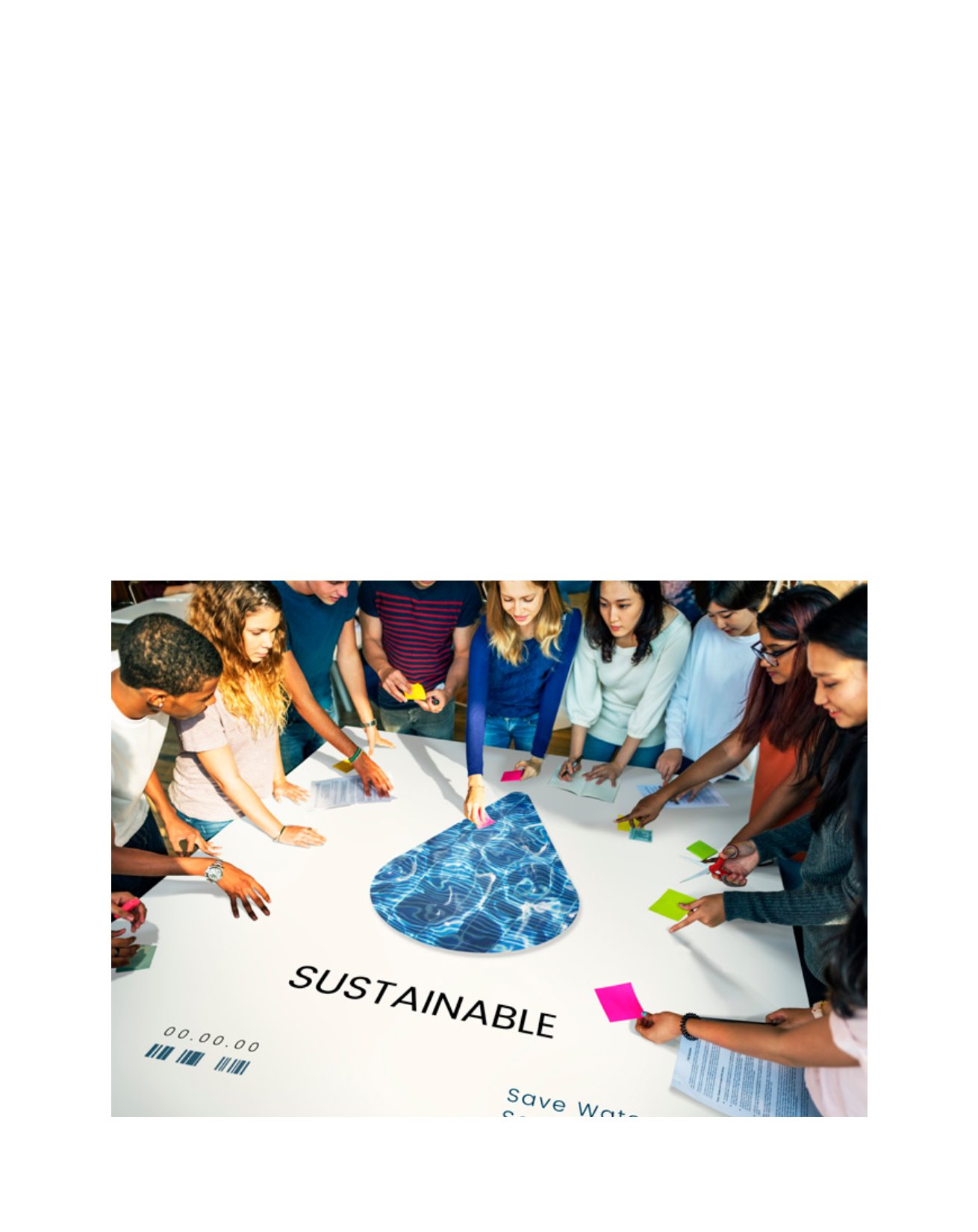

[
] 11
access
to
water
and
sanitation
for
all
Middle East for water resource managers, decision-makers
and journalists to enhance their negotiation skills as well as
their understanding of transboundary issues. Through PCCP,
UNESCO also undertook substantive research on best prac-
tices and lessons learned on cooperation over transboundary
water and the causes of water conflicts, deepening knowledge
and understanding of this complex issue. It also convened
transboundary water experts and practitioners to promote
dialogue, exchange experiences and enable networking.
These initiatives and achievements have been key in the
designation of UNESCO as the co-custodian agency for SDG
indicator 6.5.2, together with the United Nations Economic
Commission for Europe (UNECE). Indicator 6.5.2 is defined
as the “proportion of transboundary basin area with an
operational arrangement for transboundary cooperation”. In
2017, as part of the work on indicator 6.5.2, UNESCO and
UNECE invited all countries with transboundary basins to
track the progress on transboundary cooperation following a
methodology developed by both organizations. This enables
states to outline a complete picture of the status of coop-
eration over transboundary water and better establish their
respective baselines. The information collected in tracking
SDG indicator 6.5.2 will regularly feed into global reports
and databases established at the UN level.
For the 286 transboundary river basins on the planet,
450 transboundary surface water treaties exist to this day,
offering an important means to avoid or resolve disputes.
However, existing transboundary water treaties and insti-
tutions are often weak in terms of their mandate, design,
resources and enforcement mechanisms.
For the 600 transboundary aquifers identified so far, only
very few agreements exist. The monitoring of the indicator
6.5.2 will therefore constitute an opportunity for UNESCO
to work with its Member States to establish the conditions
for transboundary cooperation on surface and groundwater
resources by sharing principles, good practices and replica-
ble experiences.
With its comprehensive approach to tackling water secu-
rity established under IHP-VIII, UNESCO and its Water
Family are prioritising programmes and initiatives to ensure
the achievement of SDG 6. This has translated to concrete
action not only on securing the availability and sustainable
management of water and sanitation, but also on several
goals which depend on the management of freshwater and
related disasters for their success. IHP’s WINS platform will
be crucial in providing the data and information neces-
sary to underpin Member States’ efforts to implement and
monitor the SDGs. Going forward, UNESCO will continue
to use its strengths including its convening power, vast
networks, multi-sectoral scope of expertise, and knowledge
databases to support its Member States in achieving sustain-
able development.
Save the Planet Sustainable Ecology Concept
Image: Shutterstock / Rawpixel.com
















